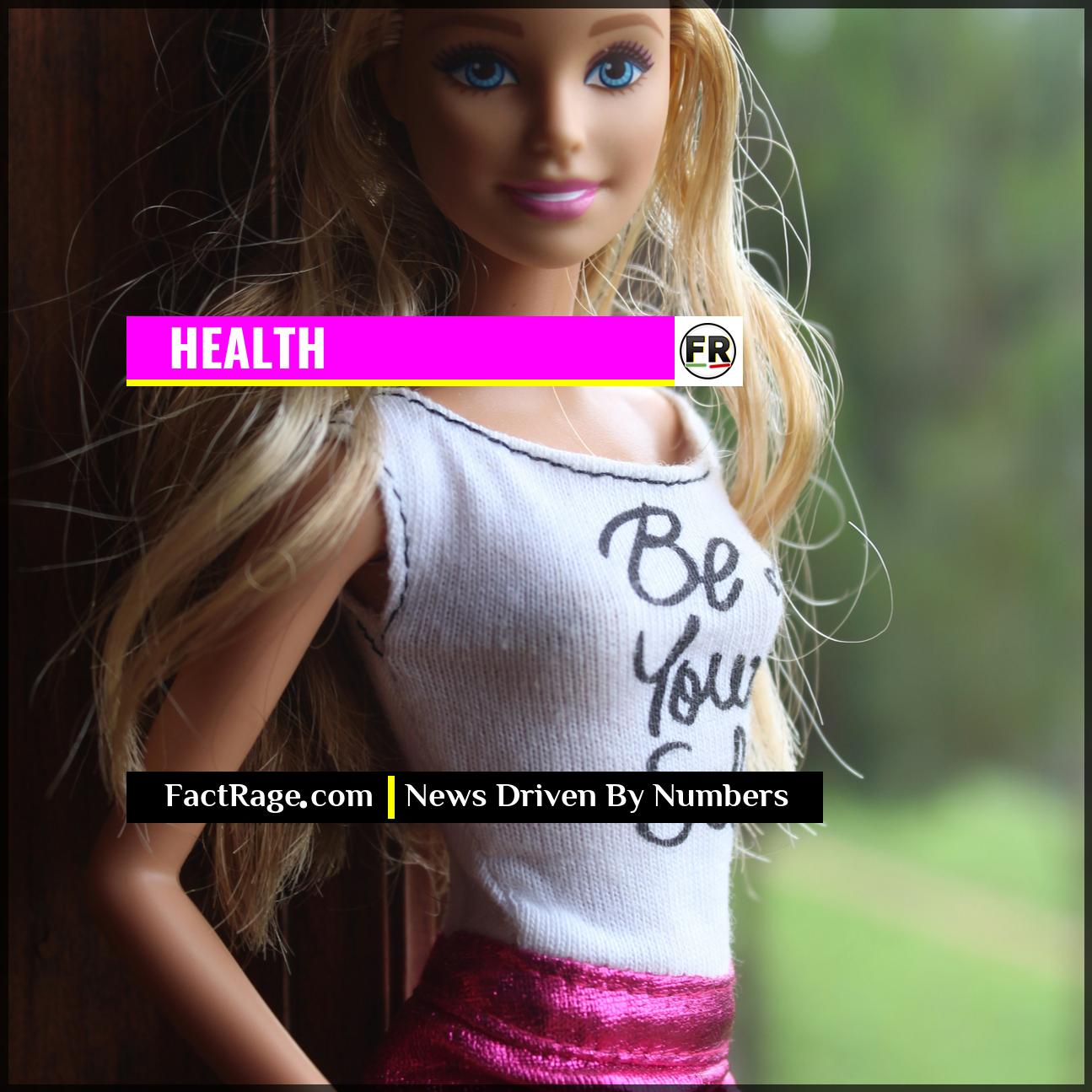NATIONWIDE – A new Barbie doll equipped with a glucose monitor and insulin pump is making its way into homes, reflecting the daily reality of the nearly 1.9 million Americans living with Type 1 diabetes.
- A Push for Inclusion – The new doll is part of the Barbie Fashionistas line from Mattel, which aims to increase diversity and represent a wider range of human experiences, including various body types, abilities, and medical conditions.
- Medically-Inspired Accessories – The doll features two key pieces of technology used in diabetes management: a wearable continuous glucose monitor (CGM) on its arm and an insulin pump clipped to its waistband.
- A Tool for Normalization – Advocates and families say the doll can help reduce stigma, foster understanding among peers, and allow children with Type 1 diabetes to see their own lives positively reflected in a mainstream cultural icon.
This new addition to a globally recognized brand is more than a product release. For many families, it represents a long-awaited moment of recognition that has the power to change how a chronic illness is perceived in playgrounds, classrooms, and communities.
The Tools We Carry
![]() The objects we carry with us often come to define our daily rituals, but for a child managing a chronic illness, those objects can feel like a mark of difference. When a medical device—a constant, life-sustaining companion—is suddenly reflected in a cultural icon like Barbie, it transforms from a sign of otherness into a shared experience. This isn’t just a story about a new product; it’s an exploration of the profound human need to be seen in our entirety, challenges and all.
The objects we carry with us often come to define our daily rituals, but for a child managing a chronic illness, those objects can feel like a mark of difference. When a medical device—a constant, life-sustaining companion—is suddenly reflected in a cultural icon like Barbie, it transforms from a sign of otherness into a shared experience. This isn’t just a story about a new product; it’s an exploration of the profound human need to be seen in our entirety, challenges and all.
Read On…
Below, we explore how this small act of representation is creating a powerful shift for families, fostering empathy, and changing the narrative around what it means to live with a chronic condition.
What This New Barbie Represents on the Shelf

The latest doll in Mattel’s Fashionistas line stands out not for its outfit, but for its accessories. Affixed to the doll’s arm is a small patch representing a continuous glucose monitor (CGM), a device that tracks blood sugar levels in real-time. Clipped to its shorts is a pink insulin pump with a tube, mirroring the technology that delivers life-sustaining insulin to people with Type 1 diabetes (T1D).
For those unfamiliar, T1D is an autoimmune condition where the pancreas produces little to no insulin, a hormone essential for converting food into energy. Its management is a constant, 24/7 task involving blood sugar monitoring and administering insulin via injections or a pump. By incorporating these devices, Mattel is placing the tools of this daily reality directly into the toy aisle. This move is part of the company’s broader strategy to create dolls that reflect the world children see around them, which has previously included dolls with wheelchairs, prosthetic limbs, vitiligo, and Down syndrome.
Why Representation in the Toy Box Matters
For a child navigating the challenges of a chronic illness, feeling different can be a significant emotional burden. The visibility of medical devices can lead to questions, staring, and sometimes social isolation. What happens when those same medical devices appear on a Barbie doll?
For many families, the answer is normalization. The doll provides a tangible way for a child with T1D to explain their condition to friends. It can turn a potentially intimidating medical apparatus into a familiar accessory, no different than a pair of glasses or earrings. This can be profoundly empowering, helping to strip away the stigma and reframe the conversation from one of illness to one of simple difference. The act of playing with a doll that shares their experience can foster self-acceptance and reduce feelings of being alone in their journey.
A Broader Shift in How We See Chronic Illness
The introduction of the T1D Barbie is reflective of a larger cultural shift toward acknowledging and including diverse life experiences. According to the CDC, approximately 283,000 children and adolescents under age 20 in the U.S. have been diagnosed with diabetes, with T1D being the predominant form in this group. By representing this community, the doll serves an educational purpose for those without the condition.
When children without T1D play with this doll, it can foster empathy and understanding from a young age. The insulin pump becomes part of the play narrative, demystifying the condition and building a foundation of acceptance. This kind of casual, early exposure has the potential to create a more inclusive generation that is better equipped to support peers living with chronic health conditions. It’s a small step in the toy world, but a significant one in the ongoing effort to ensure everyone feels seen and valued.
The Power of Being Seen
![]() The significance of the Type 1 Diabetes Barbie extends far beyond the toy aisle, touching upon a fundamental human need: to see one’s own life, with all its unique challenges and routines, reflected and accepted by the wider world. It’s a testament to the idea that the tools we use for play can also be tools for empathy and understanding. Ultimately, this doll reminds us that the journey toward a more inclusive and examined life is often built on small, intentional acts of recognition that help everyone feel a little less alone.
The significance of the Type 1 Diabetes Barbie extends far beyond the toy aisle, touching upon a fundamental human need: to see one’s own life, with all its unique challenges and routines, reflected and accepted by the wider world. It’s a testament to the idea that the tools we use for play can also be tools for empathy and understanding. Ultimately, this doll reminds us that the journey toward a more inclusive and examined life is often built on small, intentional acts of recognition that help everyone feel a little less alone.














